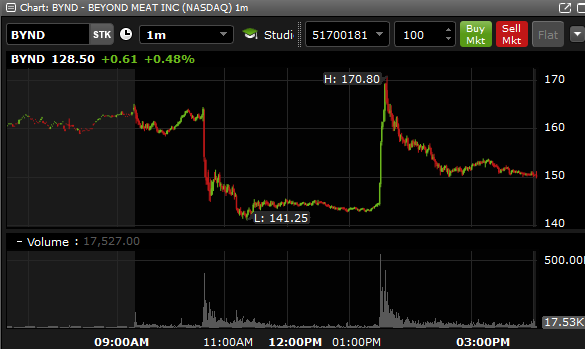Yesterday, Tuesday, December 22nd, I chose to close one of our two option contracts on RealReal Inc (REAL), an online luxury consignment store. On November 30th I purchased two long-dated option contracts (strike: $20; expiration: 20JAN2023) for $505.975, each. Though $1,000 is not that a significant portion of our portfolio, REAL is not one of my favorite investments. My standing limit order to sell the REAL contracts were priced at $10 per share but I changed the order to lower the limit price to $9 per share for one contract and we were immediately executed. I plan to increase the limit price to allow for more appreciation on the remaining contract.
The closed REAL contract was held for just 22 days and netted $383.04 or 75.7% of the $505.975 cost basis.
On Monday, December 21st, our short position in a put option contract for Unity Software (U; strike: $105; expiration: 16DEC2020) was closed for $50.69. We had just initiated the position the prior Thursday for $134.30 so the closure netted a quick $83.61 or 0.8% on our collateral. U has been very volatile since its IPO earlier this year. I’d like to take a long position but would prefer a more favorable entry point. With just less than 15% cash and a very uncertain economy and stretched tech valuations I will write another put option contract for U when the opportunity presents itself.
This morning I also entered another limit order to further trim our Tesla (TSLA) position. My previous sale was for three shares at $690 per share. Today we sold two shares for $650 each. In the light trading week since TSLA joined the S&P 500 on Monday demand for the electric automaker has not pushed TSLA shares beyond last Friday’s close. Institutional investors may have added TSLA to their funds that track S&P 500; maybe they are waiting until after the holidays or for a more attractive entry point. I’d like to trim this holding further, but $650 was a good price to take our position from 1.7% to 1.5% of the portfolio. Our standing orders remain to sell more shares if the market takes TSLA higher. If we do not see much appreciation by the end of January, I’ll probably trim to TSLA to one percent of the portfolio.














